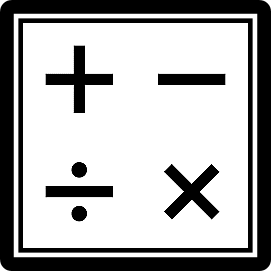Need help with something else?
Try these other resources
Can't find what you're looking for?
If you still need help please contact us.
Privacy Policy | Website Terms and Conditions | University of Phoenix Trademark Usage
Copyright © 2018 University of Phoenix


